Città di Castello
This site is a guide to discovering the Umbrian city in its many aspects. All the information that can help tourists plan a pleasant stay is provided. Instead, the “virtual square” is intended to be the meeting point for all its inhabitants.

welcome
Città di Castello
Città di Castello located on a slight hill, between the green of gentle and pleasant hills, is the most important and populated center of the Upper Tiber Valley. Depositary of a precious historical, religious and artistic heritage, it is still considered a considerably significant town for the suggestiveness of the most ancient monuments, for the presence of a fervent Renaissance civilization and for the quality of the numerous events that, of national importance, attract thousands of visitors every year. Nice folkloric and musical moments, interesting artisan and agricultural exhibitions, cheerful village festivals and important sporting events, periodically animate and characterize the life of this beautiful Umbrian reality in a lively way.
INFO
History
Città di Castello, located on a slight hill, is the most important and populated center of the Upper Tiber Valley. The first huts on stilts were built on islets of Lake Tiberino, now largely retired. It was most likely founded by the Umbrians who at the beginning of the first millennium BC. they settled in central Italy and called it Tiferno. In the seventh century BC about they had commercial exchanges with the Etruscan people who had penetrated up to the right bank of the Tiber. In 295 BC Rome subdued Tiferno (battle of Sentino) calling it Tifernum Tiberinum …

What to see
Città di Castello is divided into dominant districts according to the four entrance gates of the city: San Giacomo (north), Santa Maria (south), San Florido (west) and Porta Sant’Egidio (east). Currently the historic districts of the city are three:
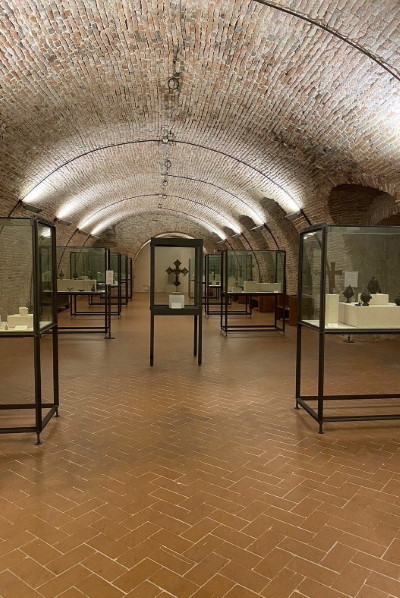
Museo Capitolare del Duomo
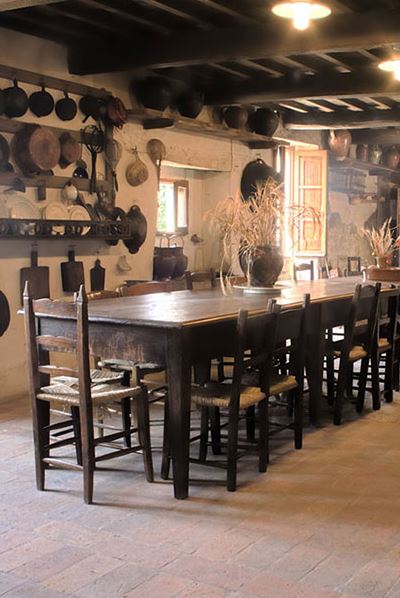
Museo delle Tradizioni Popolari
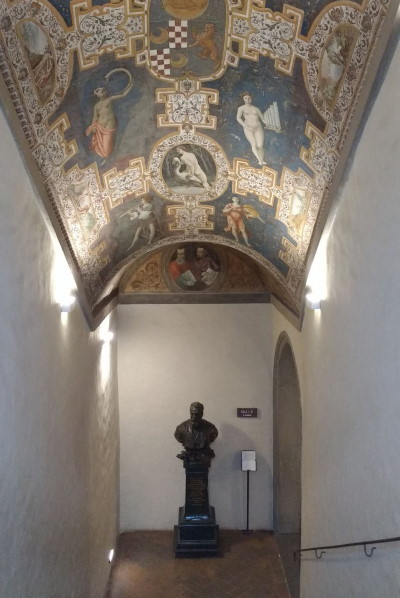
Pinacoteca Comunale

Collezione Tessile Umbra

Collezione Umbri
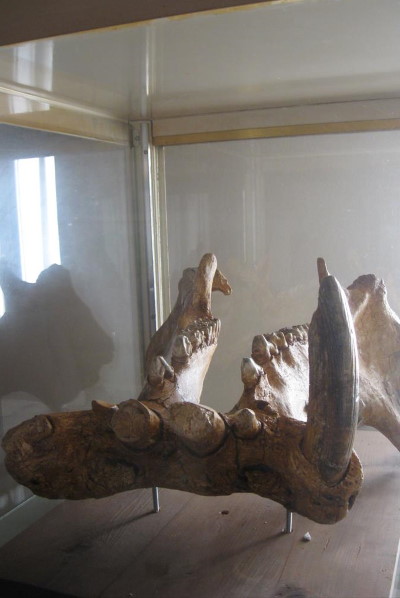
Raccolta Civica

Palazzo dei Priori
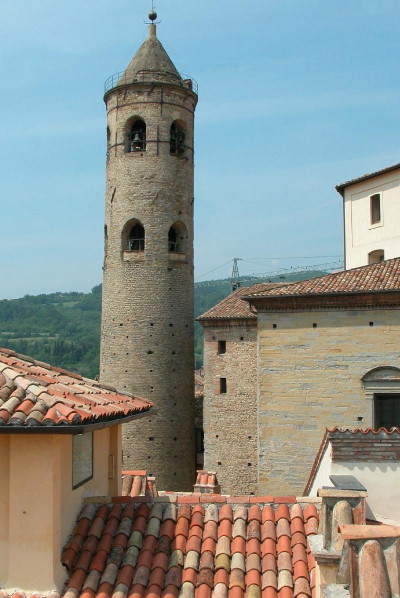
Campanile Cilindrico
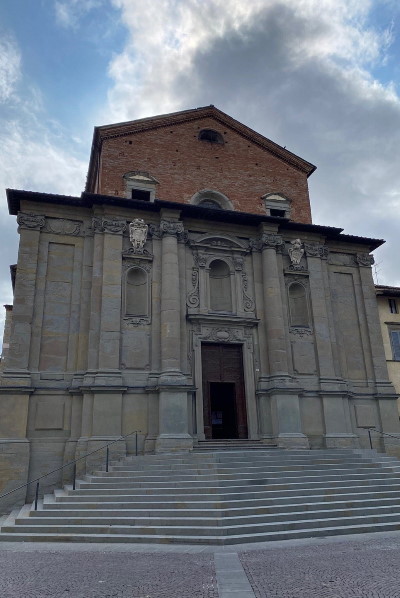
Cattedrale
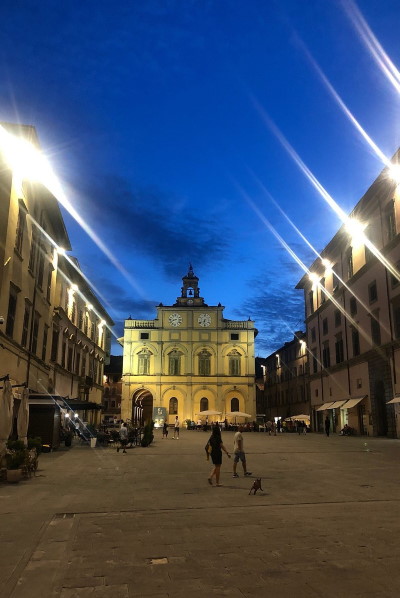
Palazzo del Podestà
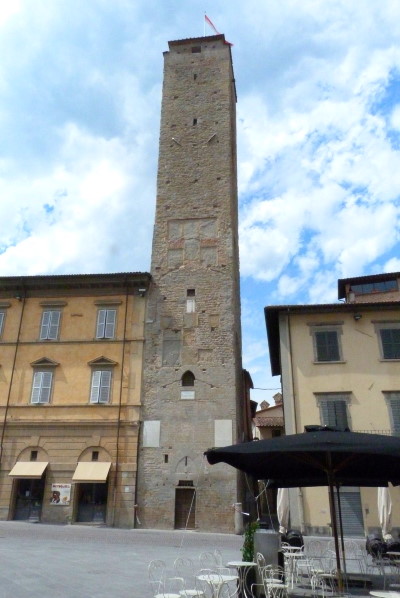
Torre del Vescovo
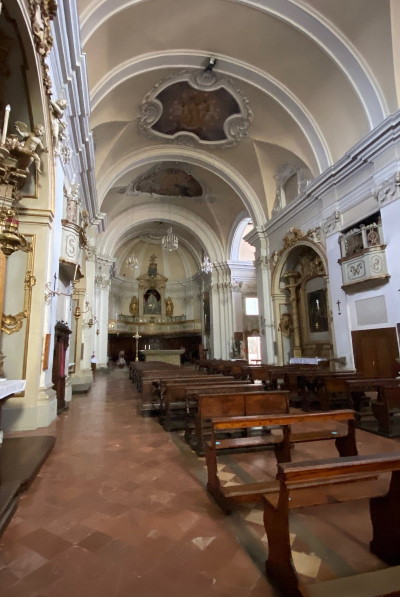
Chiesa di San Francesco
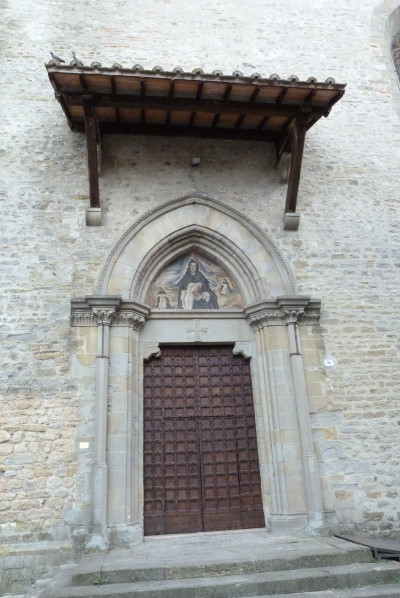
Chiesa di San Domenico
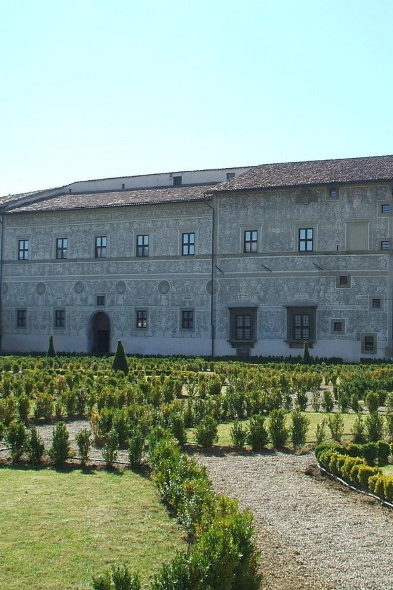
Palazzo Vitelli
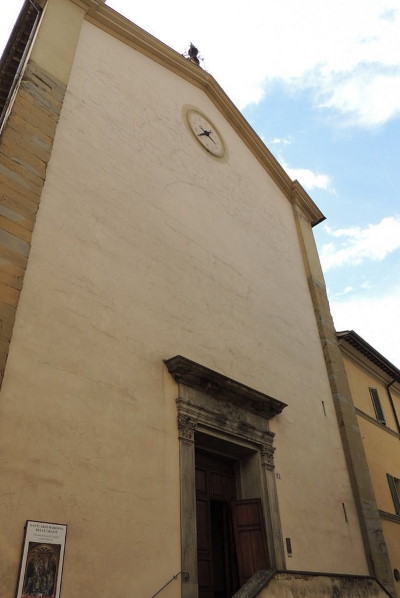
Santuario della Madonna delle Grazie
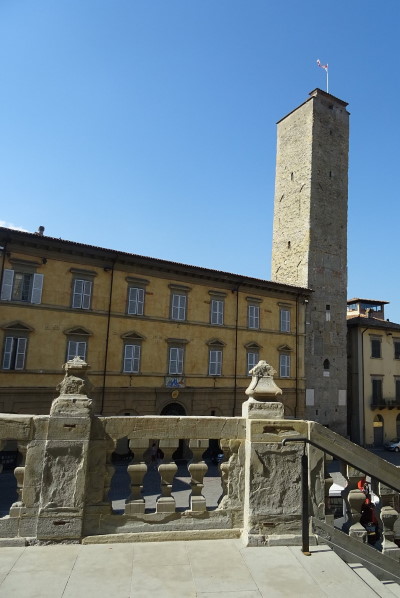
Palazzo Vescovile
folclore
The districts
Città di Castello is divided into dominant districts according to the four entrance gates of the city: San Giacomo (north), Santa Maria (south), San Florido (west) and Porta Sant’Egidio (east). Currently the historic districts of the city are three:
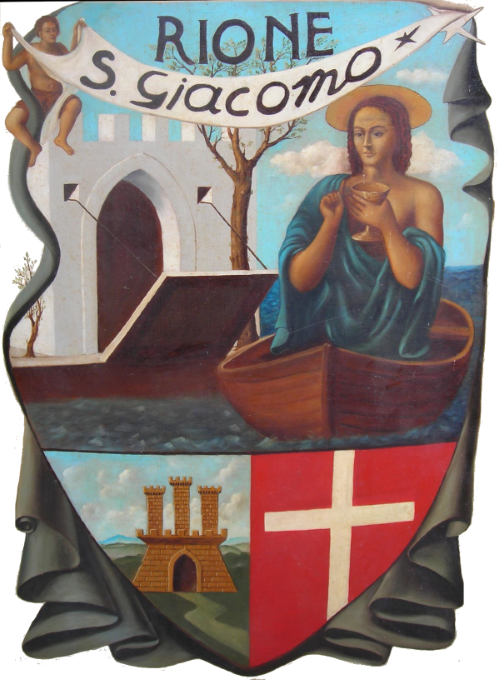
RioneSan Giacomo
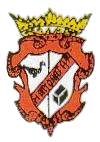
Rione Mattonata

RionePrato
How to get to Città di Castello

Città di Castello rises at 288 m a.s.l., occupies an area of 387.9 sq km and has 38,133 inhabitants. Located on the left bank of the Tiber river, it is the most important center of Valtiberina Umbra.
By car
- E45 Orte-Ravenna freeway, Città di Castello exit
- Highway A14 exit Cesena nord + E45 dir. Perugia
- A1 motorway exit Orte + E45 dir. Cesena
- A1 motorway, Arezzo exit + SS. 473 dir. City of Castello
By train
- Central Umbrian Railway Terni-Sansepolcro station of Città di Castello (connection in Terni with FF.SS.)
- Line FF.SS. Florence-Rome Arezzo station (continue to Città di Castello by bus)
By plane
- Umbrian Regional Airport of Sant’Egidio (Perugia) Km. 45
- Florence Airport Km. 130
- Rimini Airport Km. 135
- Borgo Panigale Airport (Bologna) Km. 170
- Leonardo da Vinci Airport (Rome) Km. 245
- Cittadicastellonline.it
- - WebMaremma di Ing. Detti Giulio
- - P.IVA 01371370535
- - C.F. DTTGLI81L29E875
- - Cookie policy
- - Privacy policy
- - By WebMaremma